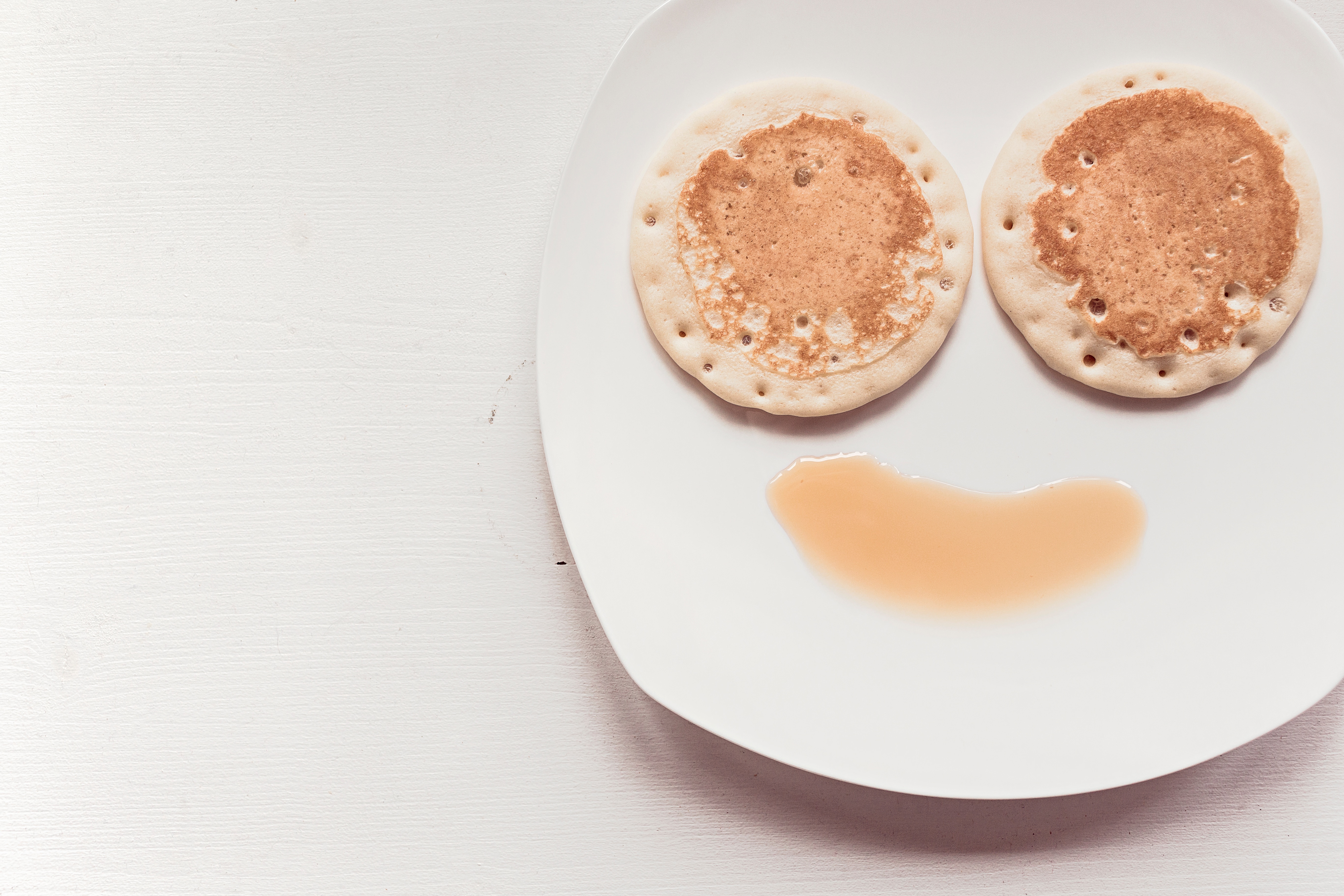NATIVE ADS SUPPORT CONTENT MARKETING
In the world of marketing, good content captivates, informs, and/or entertains. That said, even the most thoughtful and attractive content doesn’t necessarily deliver an audience. As former BuzzFeed VP Jonathan Perelman noted, “Content is king, but distribution is queen and she wears the pants. It’s not nearly enough to create a good piece of content.”

.jpeg)







